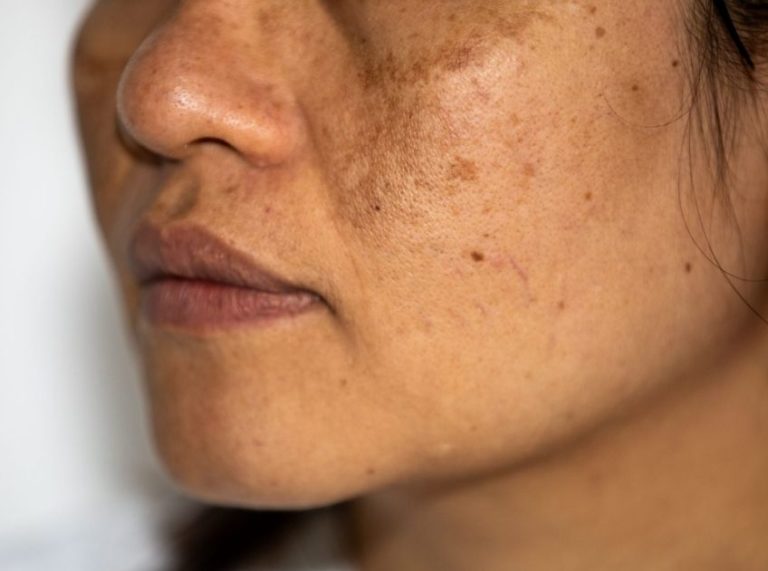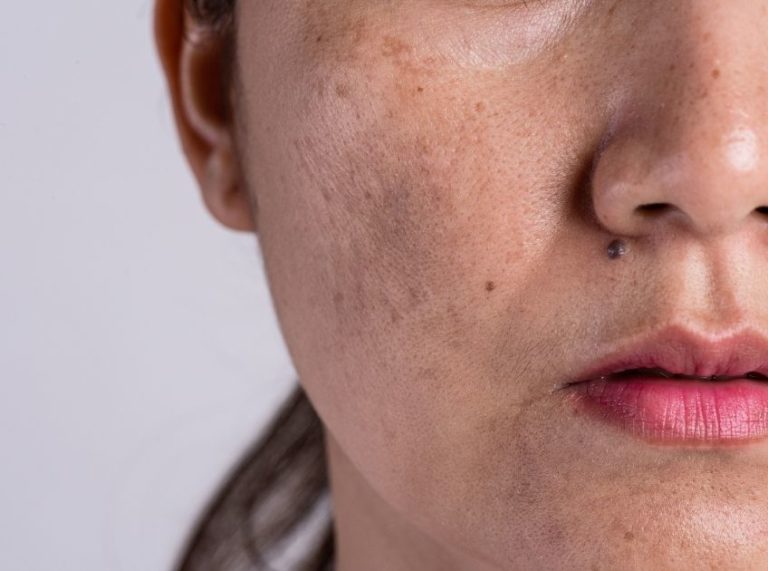
Important: This article is for informational purposes only. Please read our full disclaimer for more details.
Struggling with dull, dry, or irritated skin? The solution might already be in your kitchen. Avocado oil is a nutrient-rich skin elixir that can transform your skincare routine without the chemicals found in store-bought products. Learn how to make your avocado oil at home and reap its full skin-loving benefits.
This blog walks you through the benefits, science, safety tips, skin compatibility, and two easy DIY avocado oil recipes to elevate your skincare game.
Why Your Skin Craves Avocado Oil
Avocado oil is deeply hydrating and perfect for dry, flaky, or aging skin. Its natural compounds help soothe irritation, smooth fine lines, and lock in moisture. When used consistently, it can improve skin texture and restore a healthy glow.
Key Benefits:
- Deeply moisturizes and nourishes dry skin
- Rich in antioxidants that fight aging
- Helps calm inflammation and redness
- Supports skin elasticity and collagen production
What Makes Avocado Oil So Effective?
The secret lies in its rich composition. Avocado oil (1) is packed with oleic acid, vitamin E, potassium, lecithin, and phytosterols—all essential for skin regeneration and hydration (2).
According to a study published in Dermatology Research and Practice, topical application of natural oils rich in fatty acids, like avocado oil, can support skin barrier repair and reduce inflammation (3).
Know When to Stop: Discontinue If…
Although avocado oil is gentle, discontinue use if:
- You notice clogged pores or breakouts
- Skin develops redness, itchiness, or burning
- You experience an allergic reaction (rare but possible)
Always do a patch test before applying it to your face.
Customize Your Blend: Adjust Ingredient Quantities
Making avocado oil at home allows flexibility. If your skin is extremely dry, increase the number of avocados used or steep for a longer time. For oily or combination skin, use fewer avocados or blend with a lighter carrier oil like grapeseed oil.
Best Skin Types for Avocado Oil
Avocado oil works well for:
- Dry and mature skin – deeply moisturizing
- Sensitive skin – calming and soothing
- Normal to combination skin – when used in moderation
Avoid using pure avocado oil on acne-prone skin without testing, as it can be comedogenic for some.
Is Avocado Oil Safe for Skin?
Yes, avocado oil is generally safe for topical use and is non-irritating for most people. It contains no synthetic additives when made at home, making it cleaner than commercial oils. However, always perform a patch test before full application.
Best 2 DIYS Avocado Oil
DIY Recipe 1: Basic Cold-Pressed Avocado Oil
A gentle, nutrient-packed oil perfect for daily moisturizing.
Ingredients:
- 4 ripe avocados
- Cheesecloth or fine mesh strainer
- Glass jar with lid
Directions:
- Peel and mash the avocados into a paste.
- Spread paste on a baking tray and let it dry in sunlight for 2–3 days.
- Once it turns dark and releases oil, press using a cheesecloth.
- Store the extracted oil in a glass jar.
How to Apply:
- Use 2–3 drops on clean skin
- Gently massage in circular motions
- Let it absorb overnight
- Rinse off in the morning if desired
DIY Recipe 2: Warm Infused Avocado Oil
Ideal for faster extraction with added warmth for dry skin treatments.
Ingredients:
- 4 ripe avocados
- 1/2 cup olive oil (optional for added glide)
- Pan and cheesecloth
Directions:
- Mash avocados and place in a pan with olive oil.
- Heat on low for 40–60 minutes, stirring occasionally.
- Once oil separates, cool and strain with a cheesecloth.
- Store the oil in a clean jar.
How to Apply:
- Apply to a cleansed face or body
- Massage gently into the skin
- Leave on for 20–30 minutes or overnight
- Rinse with lukewarm water
How to Store Homemade Avocado Oil
Proper storage is key to maintaining the freshness and benefits of your avocado oil.
Storage Tips:
- Use a dark glass bottle or jar to protect the oil from light exposure, which can degrade nutrients.
- Store in a cool, dry place—away from direct sunlight, stoves, or heat sources.
- If your home is warm, refrigeration is recommended to prolong shelf life.
- Always seal the container tightly after each use to avoid oxidation.
Shelf Life:
- When stored correctly, homemade avocado oil can last up to 6 months.
- Discard if it develops a sour smell or cloudy appearance—signs it has gone rancid.
Frequently Asked Questions (FAQ’S)
1. Can I store homemade avocado oil for a long time?
A. Yes, keep it in a cool, dark place for up to 6 months in a sealed glass jar.
2. Can avocado oil help with acne?
A. It may help reduce inflammation, but due to its rich texture, patch-test first if you have acne-prone skin.
3. Is it okay to use avocado oil daily?
A. Yes, if your skin tolerates it well. It’s especially helpful as a night treatment.
Final Thoughts
Making avocado oil at home gives you full control over quality and purity. It’s a simple way to nourish your skin naturally while avoiding commercial additives. Whether you have dry, aging, or sensitive skin, this DIY skincare staple can deliver real, visible results.















